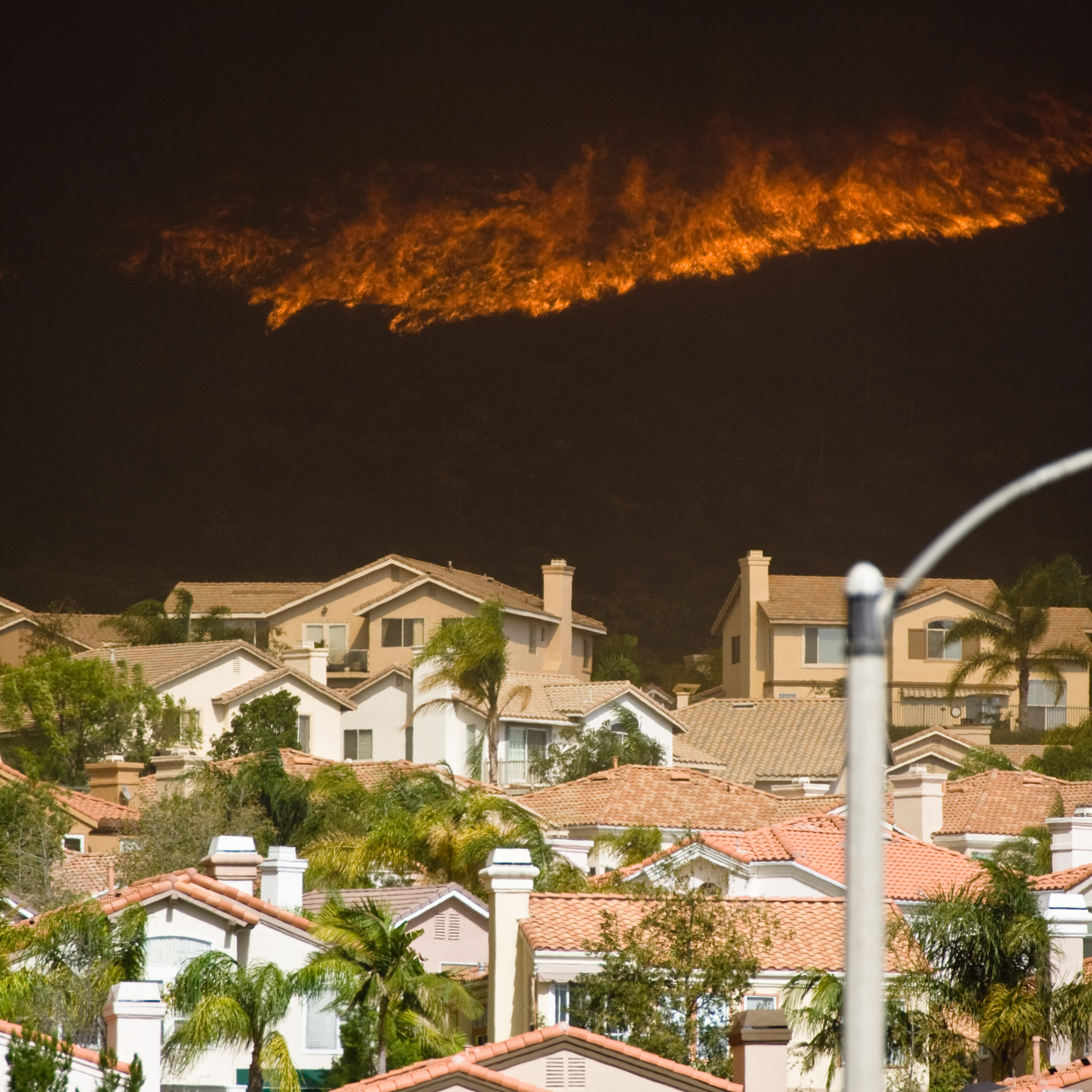
Understanding Fire Insurance in California: Protecting Your Property
In California, the threat of wildfires looms large, making it increasingly challenging for homeowners to secure and maintain fire insurance coverage. As insurance companies shy away from issuing new policies and raising premiums, it is crucial to equip yourself with the correct information. This article aims to provide the knowledge needed to safeguard your property by maintaining your current insurance plan or finding a suitable alternative.
Investigating Fire Insurance Availability
Before it’s too late, there are vital considerations to remember. Notably, the Residential Purchase Agreement does not include a fire insurance contingency. Consequently, buyers are responsible for exploring the availability and cost of fire insurance. Without an investigation contingency, canceling a contract due to insurance-related concerns could result in a breach. Even if a loan contingency remains, if a buyer fails to obtain fire insurance, the lender’s refusal to provide the loan rests on the buyer’s decision. It does not warrant exercising the loan contingency.
Exploring Fire Insurance Options
California wildfires have significantly affected the cost and availability of fire insurance. Hence, prospective buyers should thoroughly investigate these aspects. Similar to how buyers examine loan rates and obtain prequalification from lenders, it is advisable to consult an insurance agent to discuss fire insurance possibilities. Factors to consider include the property’s location within state or local fire zones, fire-hardening measures, compliance with defensible space laws, insurer accreditation in California, and the scope of coverage provided, including policies from the California Fair Plan.
Preventing Coverage Lapses
Once a buyer acquires fire insurance during a property purchase, allowing the policy to lapse exposes them to considerable financial risk. The lender usually includes a forced-payment clause in the loan documents for properties secured by a loan. This clause empowers the lender to secure fire insurance on behalf of the owner, at the owner’s expense, if their insurance policy becomes ineffective due to missed payments or coverage termination. These policies primarily protect the lender’s interests, often offering limited coverage at a higher cost. Even if a property is not tied to a loan, the absence of fire insurance leaves the buyer responsible for all losses and expenses in the event of a fire.
Understanding Policy Termination and Homeowner Rights
Insurance companies can terminate coverage or decline renewal due to non-payment. However, certain protections and rights exist for homeowners. The California Legislature has enacted laws requiring fire insurers to continue or renew coverage for at least one year following a state of emergency declaration to assist homeowners. Additionally, these laws provide additional living expenses for up to 24 months and grant owners 36 months for post-wildfire rebuilding. It’s important to note that these requirements may not apply if the fire insurance carrier is not accredited in California.
Conclusion
With wildfire risks and construction costs impacting fire insurance in California, it is crucial to stay informed and proactive. Homeowners can mitigate potential financial risks by thoroughly researching fire insurance availability, exploring options with insurance agents, and maintaining continuous coverage. Understanding your rights as a homeowner is equally essential, ensuring you are aware of the protections and assistance provided by the state. By taking these measures, you can safeguard your property and secure peace of mind in the face of California’s wildfire challenges.
RESOURCES
Wildfire Issues: Defensible Space & Fire Insurance Slide Deck

